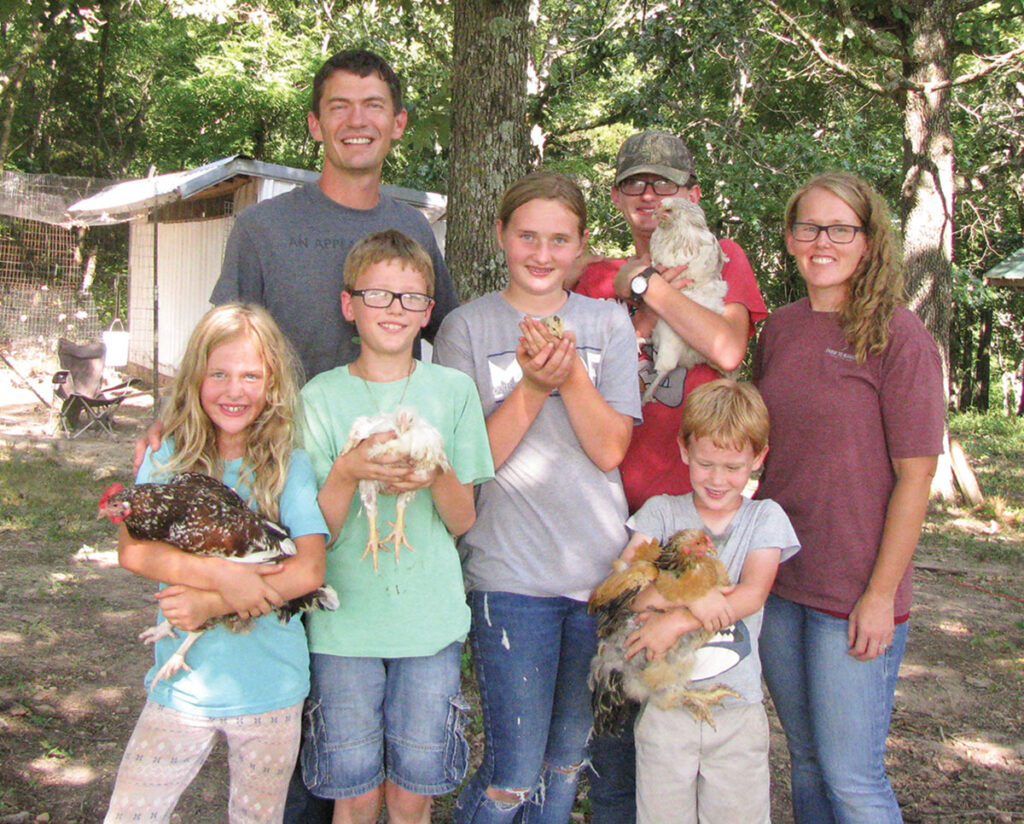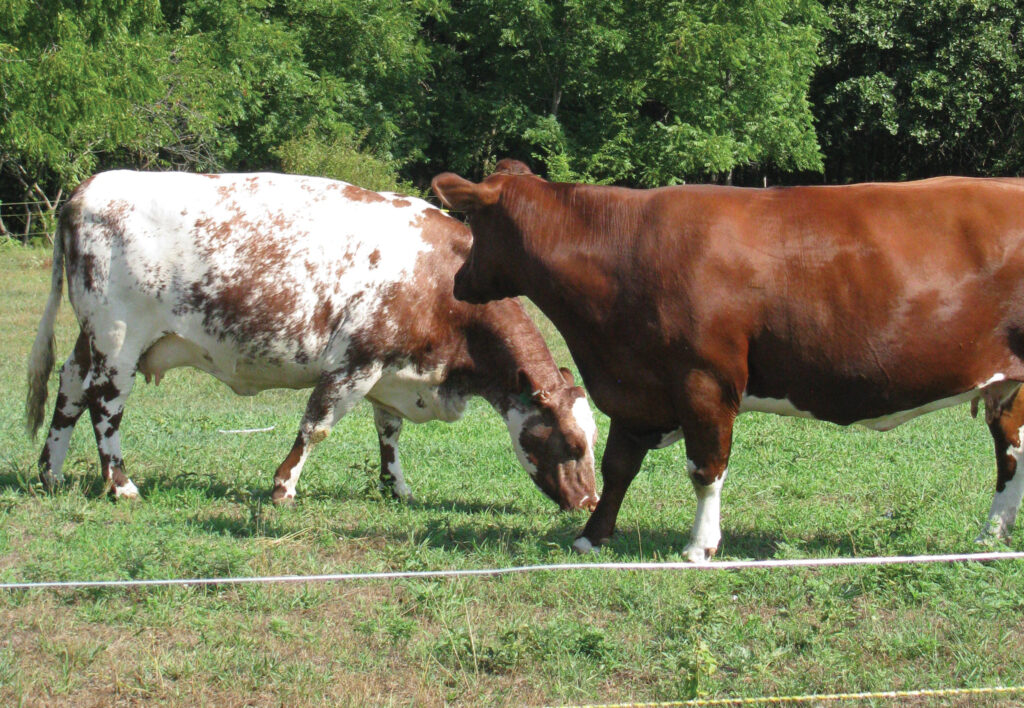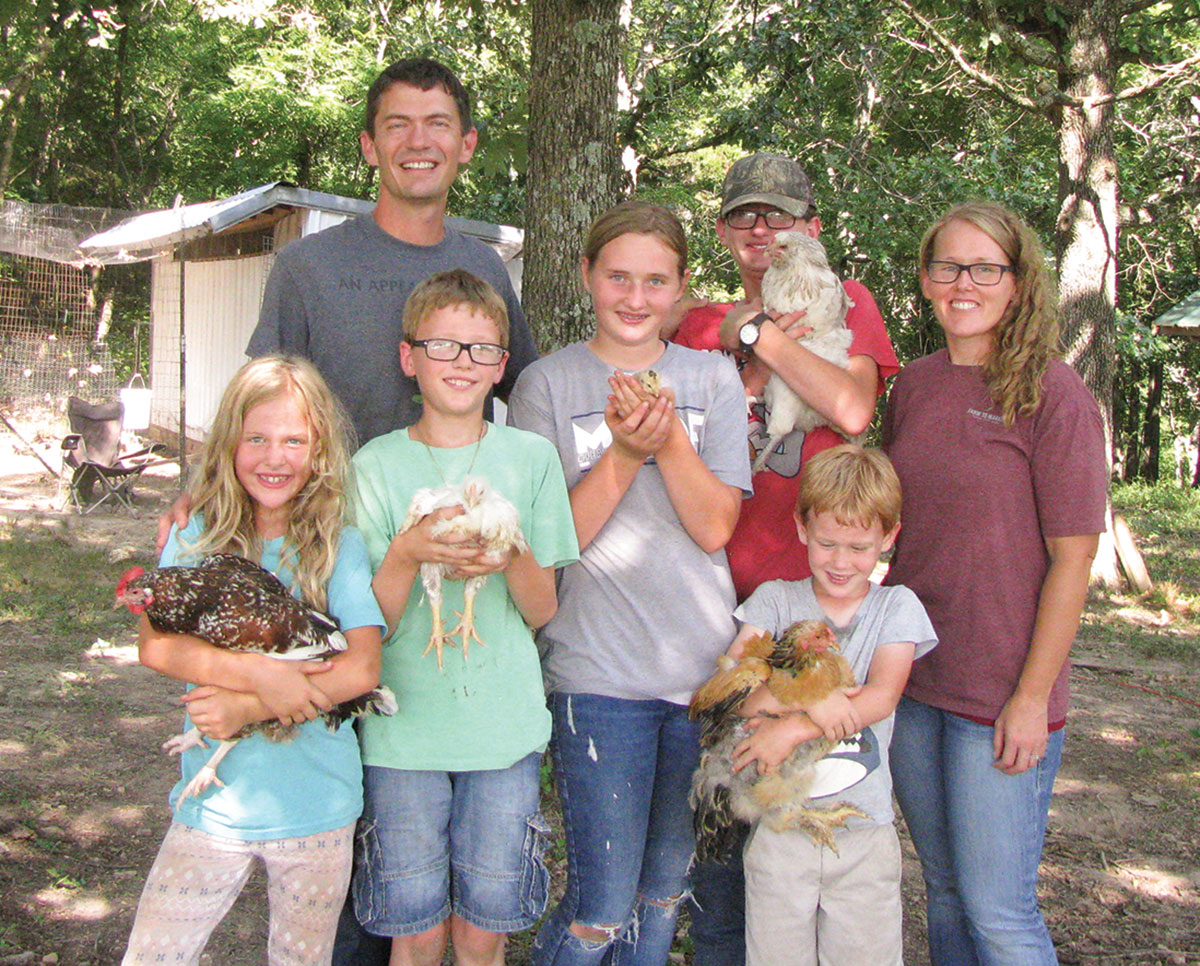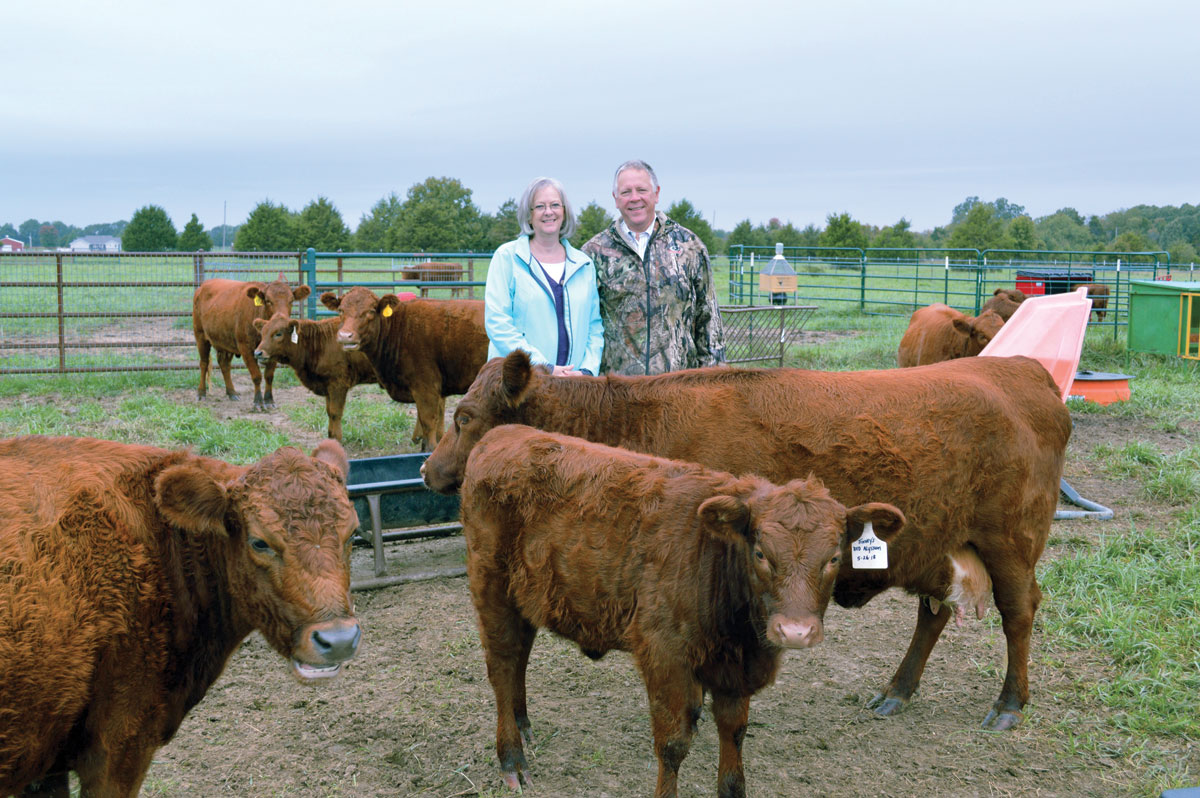
After a career the military, the Nabingers have settled on their own Ozarks farm
SEYMOUR, MO. – Nestled in a corner of Webster County, near Seymour, Mo., is a 52-acre farm that Eric and Michelle Nabinger now call home.
They have lived there for a few months, with their children: Ryan, 14; Alyssa, 12; Ethyn, 9; Alayna, 7; and Jeremy, 6. They moved from Fort Leonard Wood, Mo. Eric is retiring from the Army after three years in the Reserves and 20 years of active duty.
“I was the one on active duty, but she was serving the most,” Eric said of his wife. “She was the Army wife and Army mom. She did the hard work.”
“We spent 20 years moving around and being told where to go, when to go, and how long to go. We always talked about when it was time to move on to something new, we wanted to go to a place that allowed us to be more self-sufficient. A place that allowed us to be able to provide ourselves, our family, and also our community with a product that isn’t just run-of-the-mill; more fresh, more flavorful, better quality,” Michelle said.
Technically, Eric is still in the military.
“The last six months before he retires, they provide the opportunity for an internship to help transition to a new job,” Michelle explained.
“But we’re doing it to a new lifestyle,” Eric added. He applied for an internship with another local farmer in Seymour. It is a farm-to-table operation. Eric has started his internship with them to learn more about the operation and how they go about getting farm-to-table, and how they set up marketing and selling. “They sell through the Springfield market.
“That’s our ultimate goal,” Michelle said of the farm of Eric’s internship.
Eric and Michelle have recently began their cattle operation.
“We are brand new,” Eric said. “As part of the farm, we joined the American Shorthorn Association and the American Milking Shorthorn Society.”
While working on his master’s degree in business, Eric had to do market research. He chose the cattle industry.
“Through his research, he ran across a lot of practices that most people don’t know. That was a catalyst,” Michelle said. “We always knew we wanted to be someplace where we could garden and have some chick-ens, but that turned him into wanting to do the beef as well.”
After much research, they decided on Shorthorns.
“We wanted a dual-purpose cow; beef and milking. They’re originally bred for that anyway,” Eric explained.

Right now, Eric and Michelle have two Shorthorns that will calve soon. They came from a beef herd, but they are hoping to make them dual-purpose, “at least maybe their off-spring,” Eric shared.
“We wanted docile cows, but also dual-purpose. While we have to work with these two to get that back into them as far as the milking is concerned. My understanding from the ASA is that their meat is generally graded at Prime, or pretty high. That was super nice. They’re much bigger calves, so you get a lot more meat on them than the average Angus,” Eric said.”
He is impressed with the quality of Shorthorn beef.
“Shorthorns have been, for the longest time, on grass. I’m sure people still use grain with them, but they’ve been on grass so long and the amount of marbling that still exists inside of their meat is key,” Eric said. “I don’t want to lose that marbling just because I’m going grass-fed, grass-finished. I maintain that grass-fed, grass-finished beef is actually a better quality beef.”
When he read that the marbling in a Shorthorn rivals an Angus, he decided that might be the way to go.
He also wanted docile cattle that their kids could be around. The kids are enjoying being outdoors on the farm.
“They love to roam. They love being in the woods. They love the animals. Living in a subdivision, they didn’t get to be out and roam,” Eric said.
The kids aren’t alone in roaming outdoors. The Nabingers have more than 50 chickens, including Buff Brahmas, Speckled Sussex, Easter-Eggers and Rhode Island Reds. The Rhode Island Reds are just chicks now.
“Those breeds are for eggs. Our meat chickens are the Cornish Cross,” Michelle said.
“We’ve got Jumbo Cornish Cross. We’re getting some Dark Brahmas for meat,” Eric said.
They have built three movable chicken coops. Every few days the coop is moved and the ground is fertilized naturally. Eric hopes to see results from this fertilization in a year.
“We just bought seed to do some over-seeding with some alfalfa, a little clover, and some Orchard grass. We want high protein to keep those girls (cows) good. They’re going to be on grass their whole life,” he said.
The Nabingers have been eating grass-fed grass-finished beef for two years from a farm in Lebanon.
Homesteading naturally is what Eric calls their new way of life.
“Doing things that are getting us away from the grocery store,” he said. “We’re working to be self-sufficient, but we’re relying on neighbors.”
Michelle said the best advice they’ve received came from the family Eric is doing his internship with. They advised them not to try to do it all at once.
“When we first got here that’s what we were doing because there’s so much. So many things that have to get done, you run yourself ragged. We started off running ourselves ragged,” Michelle said. Then came the advice. “They said there’s always something that need to be done. Pace yourself so you don’t get so frustrated that you quit.”
Eric and Michelle are working toward being able to provide quality chickens and quality beef directly to the customers.
“The idea is to make this a thriving farm that goes directly to the customer,” Eric said.







